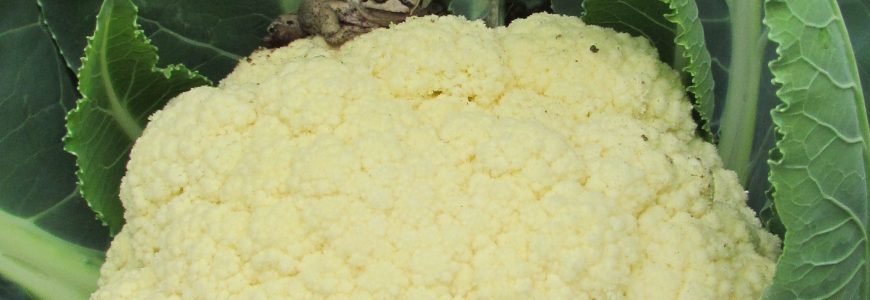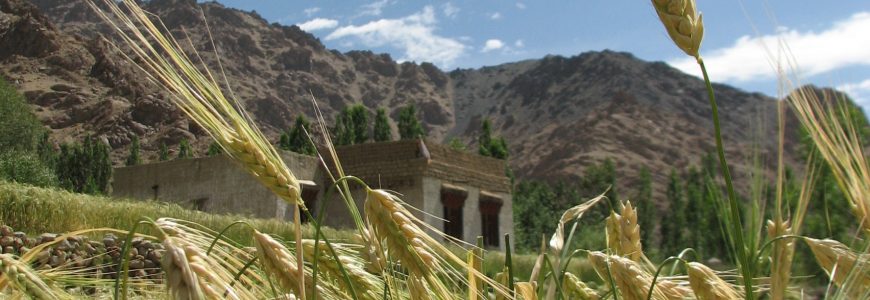The cold muse sauntered in unseasonably late this year. Summer flew away on the wings of staggered chevron teams of Canada Geese. However, there was no haste to their migration. They didn’t tug at the warmth of the sun or take the flowers with them and we didn’t get morning fields, held in freezing fog, from their exiting draft. They would call, as geese do, their gossip perky, echoing on dry, unwintered, mountain tops. The geese have migrated with prediction, unpredicted has been lettuce, cabbage, even the stray tomatoes out in the field, that have continued to seize the mild weather and sustain their growth in the moment.
The cold muse’s tardiness allowed for unprecedented extention of our Siskiyou County harvest window. September tumbled into October, and October into November, as months in single harmony. The end of the season sprint kept curving around the bend with no noticeable ending. The cold mornings usually play their roll in taking the season away, the dutiful farmer in turn tills it all in and sows the closing of the season and cover crops, until spring ground is broken. But this has been the fall of perpetual harvest, can one really lament? It’s been an extended season of bounty, fresh salads and soups, more sharing and lengthening of connection to the harvest. The Mt. Shasta Harvest Connection for example.
The cold muse has been late this year, and with it so has my reflection of the season, this cold morning by the fire to write, ponder and absorb. Now, with snow on in the Eddies, on Goosenest, Black Butte and a white Shasta, the season can begin to close and go in. An eminence of blessings and thanks for another powerful season of growth can radiate out. In MANY ways this was the most challenging season yet, with the heat and earwigs taking the farm into a deep hole for the month of June. July and August were kind and our mega-late summer kinder still. Homeward Bounty Farm’s Fourth Annual Harvest Dinner, yet again, held special space and was visited by an auspicious lunar eclipse. The high tunnel is teaching me volumes and produced the most stunning cauliflower crop I’ve have had the honor of growing. This beautiful community, my Siskiyou County home, continues to support, value and connect deeper with the local food experience! This land continues to find connections in family and friends. People who want to give to this property, this farm, to the earth and plants, to step into the pattern and cycles. Farmer and farm couldn’t be luckier and happier or more honored.
The cold muse that has finally brought a slowing ease to the season, did indeed come later than expected and with it I’ve delayed my favorite poem of a season’s close. A poem that usually comes in with the geese and frost comes in now, mid November. May we have a defined wet winter and a poignant start to spring and continued seasons of bounty.
The Summer Ends By Wendell Berry
The summer ends, and it is time
To face another way. Our theme
Reversed, we harvest the last row
To store against the cold, undo
The garden that will be undone.
We grieve under the weakened sun
To see all earth’s green fountains dried,
And fallen all the works of light.
You do not speak, and I regret
This downfall of the good we sought
As though the fault were mine. I bring
The plow to turn the shattering
Leaves and bent stems into the dark,
From which they may return. At work,
I see you leaving our bright land,
The last cut flowers in your hand.






























